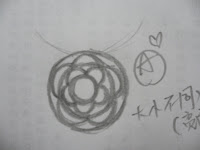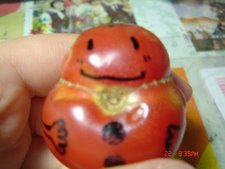








Those picture were found by me on a blog of my friend.
She was drawing those by the software,the little drawer.
She was a master on using this software.
And now, I am her student, to learn drawing by the little drawer.
And she is also my student.
I am teaching her how to use the photoshop, another drawing software.
We are the best friends, and the best teacher and student.





























